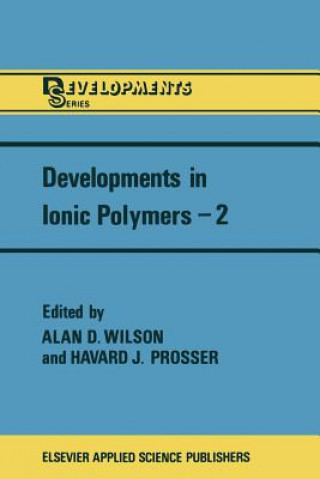
Kód: 02185463
Developments in Ionic Polymers-2
Autor A.D. Wilson, rosser
Ionic polymers, like elephants, are easier to recognise than to define. Several methods of classification have been attempted but none is wholly satisfactory because of the extreme diversity of ionic polymers, which range from the ... celý popis
- Jazyk:
 Angličtina
Angličtina - Väzba: Brožovaná
- Počet strán: 356
Nakladateľ: Springer, 2011
- Viac informácií o knihe

70.84 €

Skladom u dodávateľa v malom množstve
Odosielame za 12 - 15 dní
Potrebujete viac kusov?Ak máte záujem o viac kusov, preverte, prosím, najprv dostupnosť titulu na našej zákazníckej podpore.
Pridať medzi želanie
Mohlo by sa vám tiež páčiť
-

Cowboy Way
17.91 € -

Changing Role of Government
139.54 € -

Caribbean Comprehension: An integrated, skills based approach Book 2
17.60 € -

Cindy Sherman's Office Killer
44.84 € -

Canyon through Time
39.51 € -

Besondere
61.32 €
Darčekový poukaz: Radosť zaručená
- Darujte poukaz v ľubovoľnej hodnote, a my sa postaráme o zvyšok.
- Poukaz sa vzťahuje na všetky produkty v našej ponuke.
- Elektronický poukaz si vytlačíte z e-mailu a môžete ho ihneď darovať.
- Platnosť poukazu je 12 mesiacov od dátumu vystavenia.
Viac informácií o knihe Developments in Ionic Polymers-2
Nákupom získate 175 bodov
 Anotácia knihy
Anotácia knihy
Ionic polymers, like elephants, are easier to recognise than to define. Several methods of classification have been attempted but none is wholly satisfactory because of the extreme diversity of ionic polymers, which range from the organic, water-soluble polyelectrolytes, through hydrogels and ionomer carboxylate rubbers, to the almost infusible inorganic silicate minerals. For this reason, a general classification is not only difficult, but has minimal utility. However, there are some characteristics of these materials that should be highlighted. The role of counterions is the significant one. These ions, either singly or as clusters, take part in the formation of ionic bonds which have a varying structural role. Often they act as crosslinks, but in the halato-polymers the ionic bonds form an integral part of the polymer backbone itself. Conversely, in polymers contain ing covalent crosslinks, such as the ion-exchange resins, the coun terions have virtually no structural role to play, since they dwell in cage-like structures without affecting the crosslinking, and are readily exchanged. They are, perhaps, best described as ion-containing polymers rather than structural ionic polymers. Another crucial factor is the role of water in ionic polymers. The presence of ionic bonds means that there is a tendency for these materials to interact with water. Where the ionic polymer contains a high proportion of ionic units, it acts as a hydrogel and may be highly soluble. Such interactions with water decrease sharply as the ionic content is reduced, though even then water can act as a plasticiser.
 Parametre knihy
Parametre knihy
Zaradenie knihy Knihy po anglicky Mathematics & science Chemistry Organic chemistry
70.84 €
- Celý názov: Developments in Ionic Polymers-2
- Autor: A.D. Wilson, rosser
- Jazyk:
 Angličtina
Angličtina - Väzba: Brožovaná
- Počet strán: 356
- EAN: 9789401083607
- ISBN: 9401083606
- ID: 02185463
- Nakladateľ: Springer
- Hmotnosť: 544 g
- Rozmery: 229 × 152 × 21 mm
- Dátum vydania: 26. September 2011
Obľúbené z iného súdka
-

Brown's Introduction to Organic Chemistry
67.57 € -5 % -

Organic Chemistry
83.74 € -7 % -

3000 Solved Problems in Organic Chemistry
42.58 € -14 % -

Organic Chemistry
108.42 € -

Solutions Manual to accompany Organic Chemistry
113.43 € -

Organic Chemistry I For Dummies, 2nd Edition
20.88 € -20 % -

Workbook for Organic Synthesis: The Disconnection Approach
59.68 € -
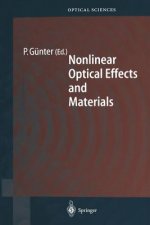
Nonlinear Optical Effects and Materials
70.84 € -
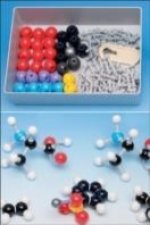
Molymod MMS-003
51.18 € -

Advanced Organic Chemistry
104.12 € -7 % -

Advanced Organic Chemistry
80.06 € -

Organic Chemistry of Biological Pathways
103.91 € -8 % -

Molecular Orbitals and Organic Chemical Reactions - Student Edition
85.89 € -

Mechanisms of Organic Reactions
43.91 € -

Strategic Applications of Named Reactions in Organic Synthesis
120.81 € -5 % -

Organic Synthesis - The Disconnection Approach 2e
43.50 € -1 % -

Molecular Model Set for Organic Chemistry
33.88 € -

Modern Physical Organic Chemistry
181.01 € -

March's Advanced Organic Chemistry - Reactions, Mechanisms, and Structure, Eighth Edition
241.01 € -

Organic Chemistry: A Very Short Introduction
10.13 € -22 % -

Organic Chemistry, Global Edition
101.35 € -

Organic Synthesis - Strategy and Control
127.36 € -

Fundamentals of Organic Chemistry, International Edition
105.45 € -

Solomons' Organic Chemistry
73.81 € -5 % -

Injection Molding Handbook
91.42 € -

Organic Chemistry with Biological Applications
126.85 € -

Process Development
38.90 € -

Organic Stereochemistry
43.91 € -

Amino Acids and Proteins for the Athlete: The Anabolic Edge
294.05 € -

Side Reactions in Peptide Synthesis
138.83 € -

Diagnostics of Extrusion Processes
17.60 € -

Silica Aerogel Composites
113.74 € -

Polymeric Foams and Foam Technology
342.58 € -
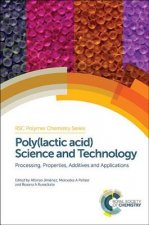
Poly(lactic acid) Science and Technology
283.70 € -

Organic Chemistry as a Second Language - First Semester Topics, Fifth Edition
95.82 € -

Modern Methods of Organic Synthesis
143.33 € -

Workbook in Organic Chemistry
38.90 € -

Organic Chemistry
156.74 € -

Workbook for Organic Synthesis - Strategy and Control
112.82 € -
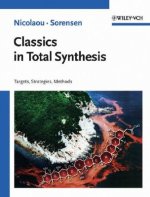
Classics in Total Synthesis - Targets, Strategies, Methods
104.22 € -

Organic Chemistry
178.96 € -5 % -

Advanced Practical Organic Chemistry
119.37 € -

Stereochemistry and Stereoselective Synthesis - An Introduction
68.28 € -

Organometallics 3e
84.15 € -15 % -

Organic Redox Systems - Synthesis, Properties, and Applications
258.11 € -

Chemistry of the Carbonyl Group - A Step-by-Step Approach to Understanding Organic Reaction Mechanisms - Revised Edition
62.24 € -

Applied Organometallic Chemistry and Catalysis
43.91 € -
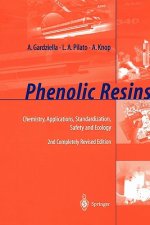
Phenolic Resins
627.21 € -

Reaction Mechanisms At a Glance - A Stepwise Approach to Problem-solving in Organic Chemistry
54.66 €
Osobný odber Bratislava a 2642 dalších
Copyright ©2008-24 najlacnejsie-knihy.sk Všetky práva vyhradenéSúkromieCookies


 19 miliónov titulov
19 miliónov titulov Vrátenie do mesiaca
Vrátenie do mesiaca 02/210 210 99 (8-15.30h)
02/210 210 99 (8-15.30h)